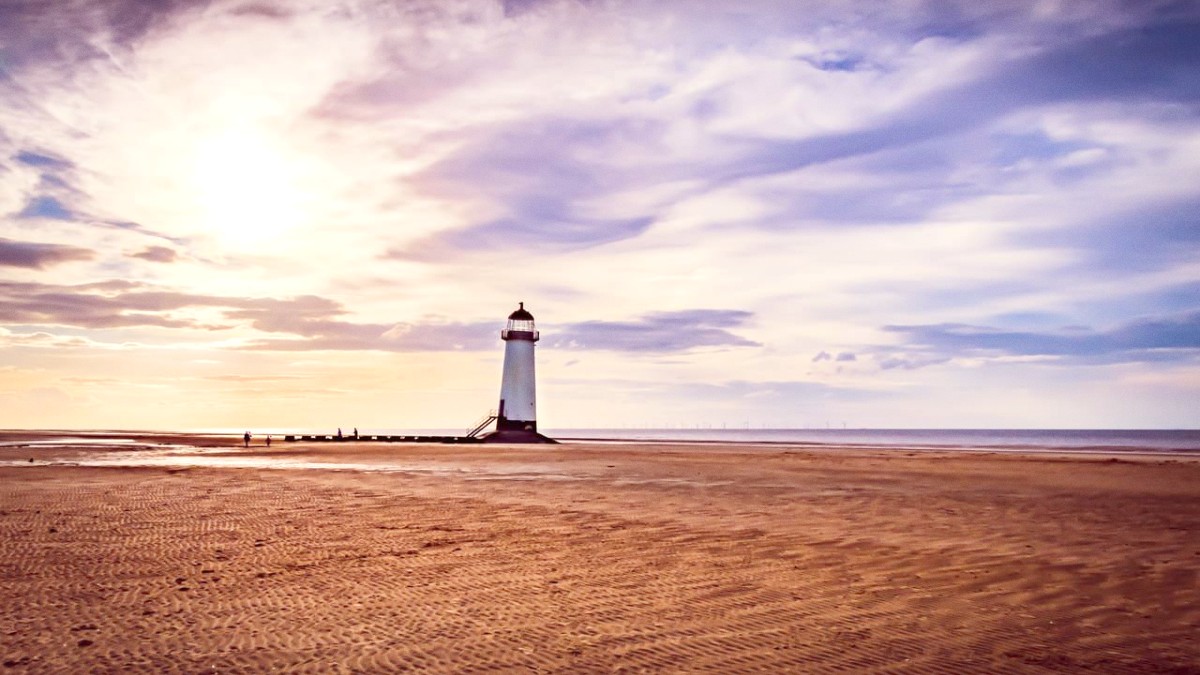
Northern France, France
The Dunkirk 1940 Museum (Musée Dunkerque 1940 - Opération Dynamo) is in Bastion 32, the former headquarters of French and Allied forces during the 1940 Battle of Dunkirk. This museum provides a detailed account of Operation Dynamo, the evacuation of over 338,000 Allied soldiers from the beaches. It features a vast collection of artifacts, uniforms, weapons, maps, models, and personal testimonies.
Admission fees are around €8 for adults. Allow 1-2 hours for a thorough visit. It is located near the city center, accessible by the free DK'Bus.
The museum provides an excellent context for understanding Dunkirk's continuous maritime identity.
This long pier was a evacuation point during Operation Dynamo.
A 19th-century fort just outside the city, a site of fierce fighting during the 1940 battle. Visitors explore remnants of the fort.
Vast sandy beaches of Malo-les-Bains, popular for recreation, also hold immense historical significance as evacuation sites.
The central square, with a statue of the famous 17th-century privateer Jean Bart. A lively urban space surrounded by shops and cafes.
A poignant memorial near the beach in Malo-les-Bains, honoring those who perished at sea.
Dunkirk's coastline presents beautiful natural spaces for relaxation and outdoor activity.
A wide, expansive sandy beach stretching for several kilometers, backed by a lively promenade. Ideal for sunbathing, swimming, and watersports during warmer months. Beach huts, cafes, and restaurants line the promenade.
The promenade is perfect for walking, jogging, or cycling, offering scenic views of the North Sea. Visit early morning for a quiet walk or in the evening to watch the sunset.
A protected natural area stretching along the coast east of Dunkirk, featuring an unique ecosystem of coastal dunes (Dune Dewulf and Dune du Perroquet). Offers marked walking trails and chances for nature observation.
A small tropical greenhouse where hundreds of colorful butterflies fly freely among exotic plants. A warm, humid escape, especially on a cooler day or for families.
The Dunes de Flandre present opportunities for birdwatching, especially migratory species, and observing coastal wildlife adapted to the dune environment.
The natural beauty of the dunes and coastline is perfect for photography enthusiasts.
Located in the port area, this red-and-white striped lighthouse offers great views from its base. Its presence adds to the maritime character of the port. Check with the tourist office for access.
Historic barracks that sometimes host cultural events, exhibitions, or art installations. Check local listings for any temporary programming.
Explore the city center and port areas for various murals and street art pieces that add a contemporary artistic dimension to the urban landscape. These pieces often reflect local history or contemporary themes.
Beyond the main tourist circuit, Dunkirk holds smaller, lesser-known spots that offer unique charm.
Dunkirk presents a journey through history, coastal beauty, and cultural discovery.
Plan your itinerary to balance historical reflection with leisurely enjoyment of its unique atmosphere.
Consider combining a museum visit with a walk along the beach to connect the historical events with the present-day landscape.
When visiting historical sites related to World War II, approach them with respect and an open mind. These are places of solemn remembrance.
For attraction tickets and tours in Dunkirk and surrounding areas, consider using a reliable online platform.
Dunkirk's surrounding region offers further historical and natural sites worth exploring.
When visiting historical sites related to World War II, approach them with respect and an open mind.
These are places of solemn remembrance, offering powerful lessons rather than just tourist photo opportunities.